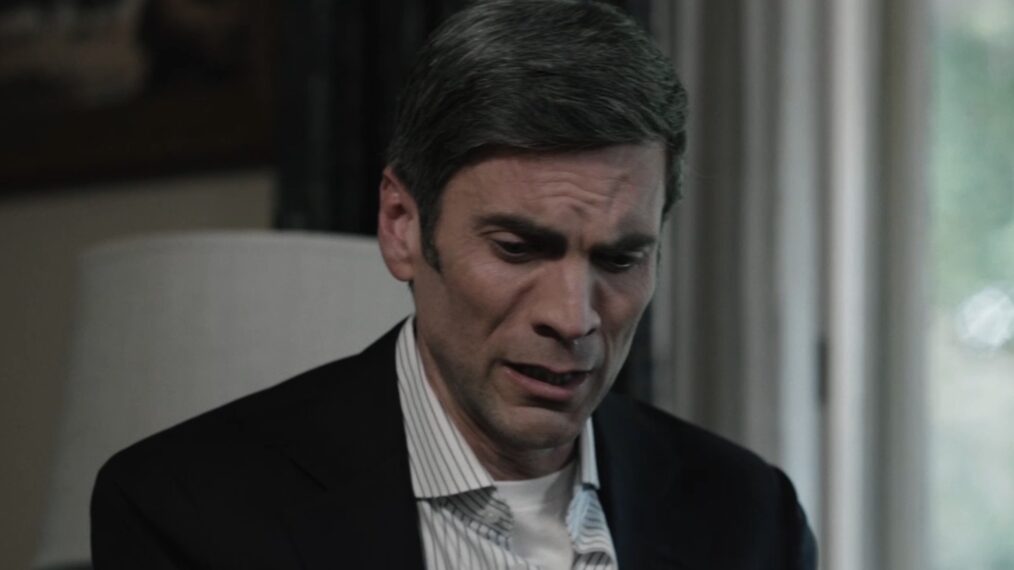The Chernobyl nuclear disaster of 1986 stands as one of the most chilling events of the 20th century. An uncontained reactor explosion leading to mass radiation poisoning seems ripe for hair-raising fiction. Yet it took until 2012 for a feature horror film to directly harness Chernobyl’s terrifying mystique. Directed by Bradley Parker, Chernobyl Diaries used the infamous Exclusion Zone as the backdrop for a gruesome survival tale. Critics dismissed the film as derivative, but it deserves reappraisal for effectively channeling nuclear anxiety into a creature feature.
Chernobyl Diaries follows a group of adventure tourists who take an illegal trip into the restricted Chernobyl disaster area and quickly find themselves stranded and hunted by mysterious beings. The film’s greatest strength lies in capitalizing on the eerie backdrop of Pripyat, the abandoned town near the power plant. Eerie buildings and radiation warnings create an atmosphere thick with dread. Parker taps into the unnerving feeling of trespassing somewhere humans were never meant to inhabit.

The tourists themselves are rather thinly drawn with familiar personalities like the bad boy, the shy girl, the skeptical voice of reason. But the actors portraying them like Jesse McCartney and Olivia Taylor Dudley inject likable energy. As they document their journey with cameras, Chernobyl Diaries takes on light found footage elements, but most scenes are cinematically shot. The fact that they willingly entered this hazardous place partly excuses their poor decisions once things go awry.
Of course, the main draw lies in what sinister force hunts these unfortunate travelers in the Exclusion Zone. Through half-glimpsed figures, unidentified noises, and attack scenes filmed chaotically in darkness and rain, Parker maintains an air of mystery. Ukrainian lore, mutants, and radiation poisoning all get referenced as possible explanations. But the truth remains obscured, allowing imaginations to run wild regarding the true nature of this threat. Sometimes, a horror film benefits from not fully unveiling its monster.
Nuclear contamination driving mutation and madness has motivated classic films from Godzilla to The Hills Have Eyes. Chernobyl Diaries follows in their footsteps by making radiation monstrosities literal. The film taps into the same sci-fi horror lineage. And setting these events in Pripyat adds real-world consequences often lacking in atomic creature features. This happened, making the events feel chillingly plausible.
Parker crafts an utterly bleak tone fitting the morose setting. The heroes become as contaminated as the landscape. While some dismissed the plot as Hostel recycled with mutants, imprisoning characters in an inescapable setting rife with hopelessness has deeper roots. The Texas Chain Saw Massacre and The Hills Have Eyes pioneered a nihilistic formula of wrong place / wrong time that Chernobyl Diaries chillingly adopts.
Does Chernobyl Diaries break new ground or fully realize every horrific possibility of its concept? No. Aspects like the mutated creatures feel underbaked and prosaic. But within the constraints of its independent budget and brief runtime, the film effectively transmits an oppressive atmosphere and dire extrapolations of this nuclear tragedy. It’s B-movie horror done well, with uncommon restraint in its scares and mystery.

Chernobyl Diaries proved ahead of the curve by exploiting dreadful possibilities springing from Chernobyl before other major works. The miniseries Chernobyl arrived in 2019 to more acclaim, but this film first captured the disaster as horror fodder. And the recent hit HBO series The Last of Us repurposed some iconic Chernobyl Diaries shots, proving its lingering visual impact.
The entire removal from civilization that a trip into the Exclusion Zone provides enhances the scares. By isolating the tourists completely, their ordeal escalates frighteningly. The absence of communications, shelter, and anonymity the city provides heightens vulnerability. Chernobyl Diaries taps into that universal fear of being stranded somewhere you don’t belong – and not alone.
Some critiqued the film as insensitive or exploitative for inventing frights atop a real-life nuclear nightmare. But horror has always extrapolated terror from tragedy, from Psycho riffing on Ed Gein to Texas Chain Saw Massacre reflecting anti-counterculture sentiments. These radioactive mutations represent projections of deeper nuclear anxieties.
Chernobyl Diaries effectively transmits the lingering unease around nuclear power and contamination. Radiation remains an invisible, poorly comprehended threat in real life. Here, the film makes that paranoia manifest through gruesome flesh-warping and ominous noises in the dark. The monsters literalize that faceless anxiety stalking the subconscious.
Ominous Cyrillic signs, Soviet relics, and winter’s desolation recast Pripyat as the ideal ghost town. The Chernobyl plant itself takes an almost mythic dimension, like the origin site of some cursed plague. Parker frequently casts characters in sickly greens or highlighted by irradiated orange, portraying an environment that infects. Nature already reclaimed Pripyat, but the film imagines even grimmer fates befalling those who disturb this massive graveyard.
Some dismiss Chernobyl Diaries as a simple “teens stalked on vacation” horror tale dressed in drab Eastern Bloc environs. But the film effectively channels the ghost town’s unsettling atmosphere and broader nuclear fears. In Pripyat’s empty corridors, each shadow hides radioactive threat. The melancholy setting enhances the hopeless tone. This wasn’t some far-flung imaginary place, but one poisoned by human hubris.

The mutated menace takes many forms throughout the film, conveyed through disjointed camerawork and clever practical effects. But the Diaries’ true monster is Chernobyl itself – an enduring symbol of technology betraying its masters to wreak uncontrollable havoc. Though not flawless, the film translates nuclear anxiety into a grueling survival picture befitting the legendary disaster site.
Chernobyl Diaries effectively stripped the horror genre down to bare essentials, transposing survival horror to a real location defined by tragedy. In the process, it honored the possibilities of its disturbing setting while crafting dark sci-fi extrapolations. The literal monsters may not have fully realized their radiation-warped potential, but the movie chillingly evokes the ghostly dread that permeates Pripyat’s forsaken streets.
This creative fusion of nuclear horror and creature feature conventions still stands out as a humble indie punching above its weight class with atmosphere and themes. Chernobyl Diaries deserves renewed attention for its shoestring artistry and somber use of place. Within the genre, atomic anxiety rarely finds finer form than this grim radioactive romp through a city long dead yet eternally haunted.

Founder and Lead Developer for Horror Facts independent horror magazine.
Husband, Sailor and Independent Writer


































































:quality(85):upscale()/2023/09/12/221/n/1922564/1668041a6501382da2cca4.75647671_.jpg)












